Assistant Commandant is a prestigious title bestowed upon the second-in-command of military and uniformed services, including training establishments and academies. In the Central Armed Police Forces (CAPF), these officers are selected through a rigorous Union Public Service Commission (UPSC) examination process, becoming directly appointed gazetted officers. This article delves into the life post-CAPF ACs Examination and examines whether joining CAPF is a worthwhile career choice.
Life of an Assistant Commandant
The life of an Assistant Commandant in the Central Armed Police Force (CAPF) varies significantly depending on the specific force chosen. The five branches of CAPF are the Border Security Force (BSF), Central Reserve Police Force (CRPF), Central Industrial Security Force (CISF), Indo‐Tibetan Border Police (ITBP), and Sashastra Seema Bal (SSB). The selection of a particular branch influences the salary structure, perks, additional benefits, career growth, and promotion opportunities. An Assistant Commandant commands a company/unit consisting of 140-160 personnel and oversees the overall operations.
Central Industrial Security Force (CISF)
Job Profile and Responsibilities
The CISF is tasked with safeguarding high-engagement public areas such as airports and metro stations. This role offers a relatively peaceful duty and is considered a prestigious position due to its posh work environment.
Work-Life Balance
Given the nature of the CISF’s responsibilities, Assistant Commandants in this force often enjoy a better work-life balance compared to other CAPF branches, making it a suitable choice for those seeking a stable family life.
Indo-Tibetan Border Police (ITBP)
Job Profile and Responsibilities
The ITBP is responsible for monitoring the northern borders, detecting and preventing border violations, and fostering a sense of security among the local population. Tasks include checking illegal immigration, preventing trans-border smuggling and crimes, securing sensitive installations, and maintaining order during disturbances.
Work Conditions
Assistant Commandants in the ITBP often operate in the challenging conditions of the Himalayas. This role can be seen as either adventurous or arduous, depending on one’s perspective. The remote postings and extreme conditions might not be conducive to maintaining close family ties.
Central Reserve Police Force (CRPF)
Job Profile and Responsibilities
The CRPF handles some of the most challenging and high-risk security tasks in the country, often in volatile regions. The force ensures internal security and peace, necessitating frequent relocations and assignments in remote areas with significant life risks.
Work-Life Balance
The demanding nature of CRPF duties leaves little room for family time and stability. This force is ideal for those seeking a career filled with adventure and significant challenges but not for those prioritizing family life and peace.
Border Security Force (BSF)
Job Profile and Responsibilities
The BSF is tasked with securing India’s borders and preventing illegal migration. During peacetime, the role is relatively calm, but in wartime, it becomes highly demanding. Postings are usually in and around border areas, which can range from harsh deserts to frigid winters.
Work Conditions
This role offers a mix of adventure and responsibility, with the possibility of keeping the family nearby. However, the demanding conditions require a high level of dedication and resilience.
Sashastra Seema Bal (SSB)
Job Profile and Responsibilities
The SSB safeguards the security of assigned borders and promotes a sense of security among border area inhabitants. It prevents trans-border crimes, smuggling, and illegal activities, while also carrying out civic action programs.
Work Conditions
Like other border forces, SSB postings can be in remote and challenging areas, but the focus on civic action programs adds a community engagement aspect to the role.
Promotional Avenues for Gazetted Officers
Promotion Structure
The promotional avenues for cadre officers in CAPF are well-defined, with clear qualifying service periods for each rank:
| Rank | Qualifying Service for Promotion |
|---|---|
| Dy. Commandant | 5 years as Asstt. Commandant |
| Second-In-Command | 5 years as Dy. Commandant |
| Commandant | 5 years as Second-In-Command |
| DIGP | 3 years as Commandant |
| IGP | 3 years as DIGP |
| ADG | 30 years of Group ‘A’ service |
This structured career progression offers opportunities for growth and advancement, rewarding dedication and experience.
Salary Structure and Perks
Basic Pay and Allowances
Assistant Commandants in CAPF enjoy a competitive salary structure, which includes basic pay, grade pay, and various allowances such as dearness allowance, house rent allowance, and transport allowance.
Additional Benefits
Other benefits include medical facilities, leave travel concession, educational benefits for children, and pensions. The combination of these perks makes the financial aspect of the role attractive.
Is Joining CAPF Worth It?
Career Satisfaction
The worthiness of joining CAPF largely depends on individual preferences and career aspirations. Those seeking adventure, a challenging work environment, and a chance to serve the nation might find this career highly fulfilling.
Work-Life Balance
For those prioritizing family life and stability, branches like CISF might be more suitable, whereas roles in CRPF and ITBP may pose significant challenges in maintaining work-life balance.
Long-Term Prospects
The well-defined promotion avenues and additional benefits offer long-term career growth and security, making CAPF a viable option for many aspirants.
In conclusion, joining CAPF as an Assistant Commandant can be a rewarding career choice, provided one aligns their personal and professional goals with the demands and opportunities of the role. The diverse branches within CAPF cater to various preferences, allowing individuals to choose a path that best suits their aspirations and lifestyle.
FAQs
1. What is the role of an Assistant Commandant in CAPF?
An Assistant Commandant in CAPF commands a company/unit of 140-160 personnel and is responsible for the overall operation and administration of their team.
2. What is the selection process for becoming an Assistant Commandant in CAPF?
Candidates are selected through a competitive examination conducted by the Union Public Service Commission (UPSC), followed by a physical test and an interview.
3. What are the salary and perks of an Assistant Commandant in CAPF?
Assistant Commandants receive a competitive salary including basic pay, grade pay, dearness allowance, house rent allowance, and transport allowance. Additional benefits include medical facilities, leave travel concession, educational benefits for children, and pensions.
4. Which CAPF branch offers the most challenging job profile?
The CRPF is known for having the toughest job profile due to high-risk assignments and frequent relocations, often in volatile regions.
5. Can I maintain a good family life while serving in CAPF?
While it depends on the branch, CISF is generally more conducive to a stable family life, whereas other branches like CRPF and ITBP may pose challenges due to their demanding nature and remote postings.


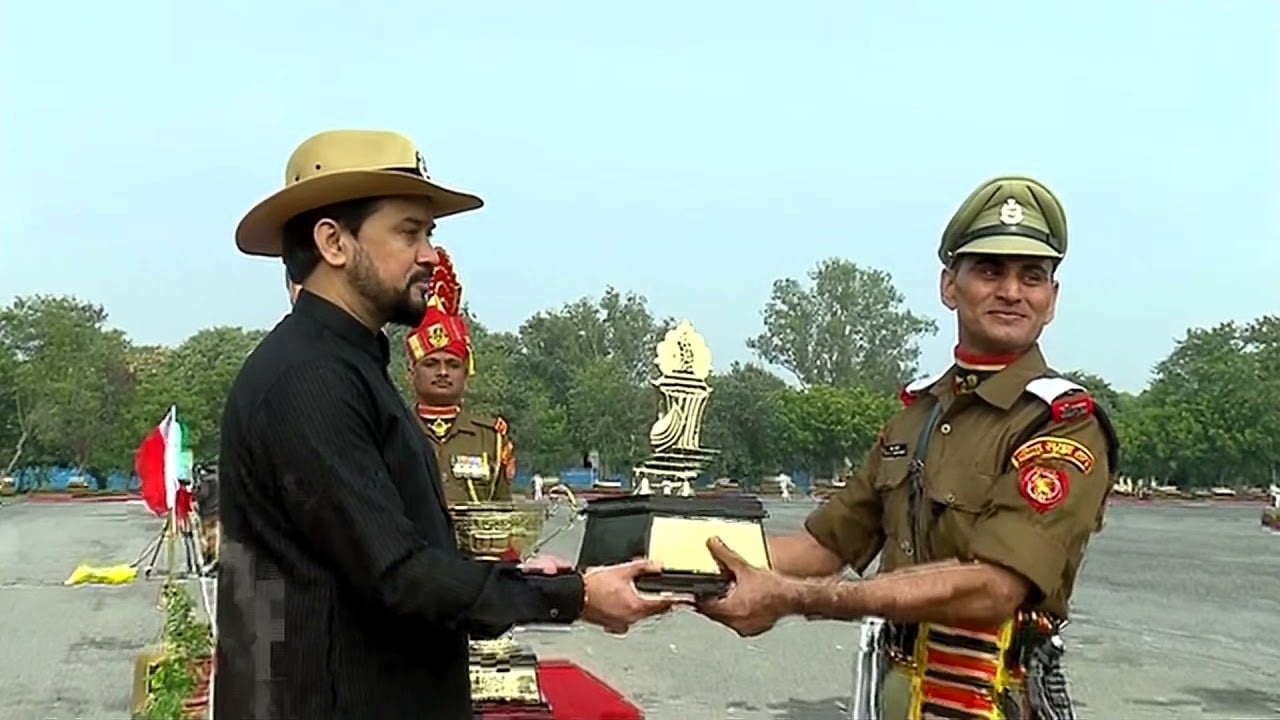
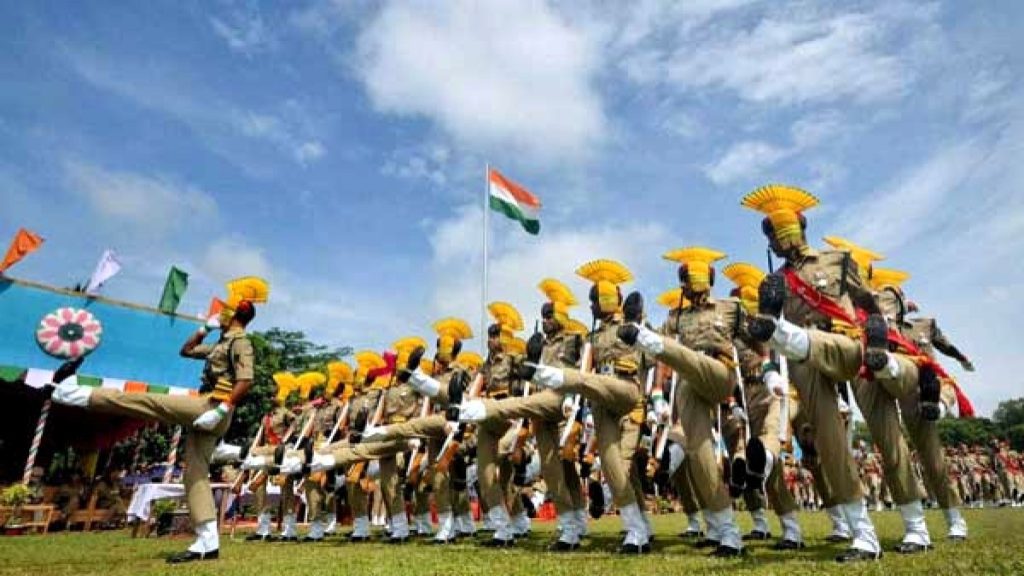

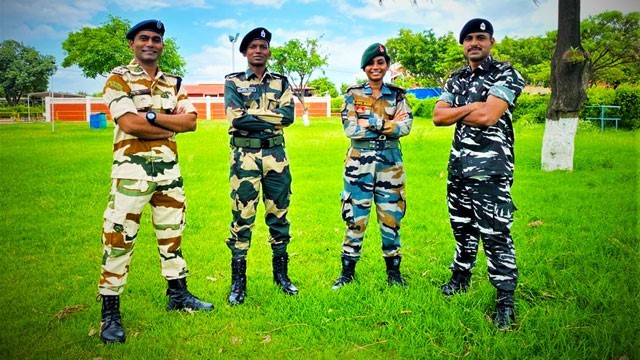
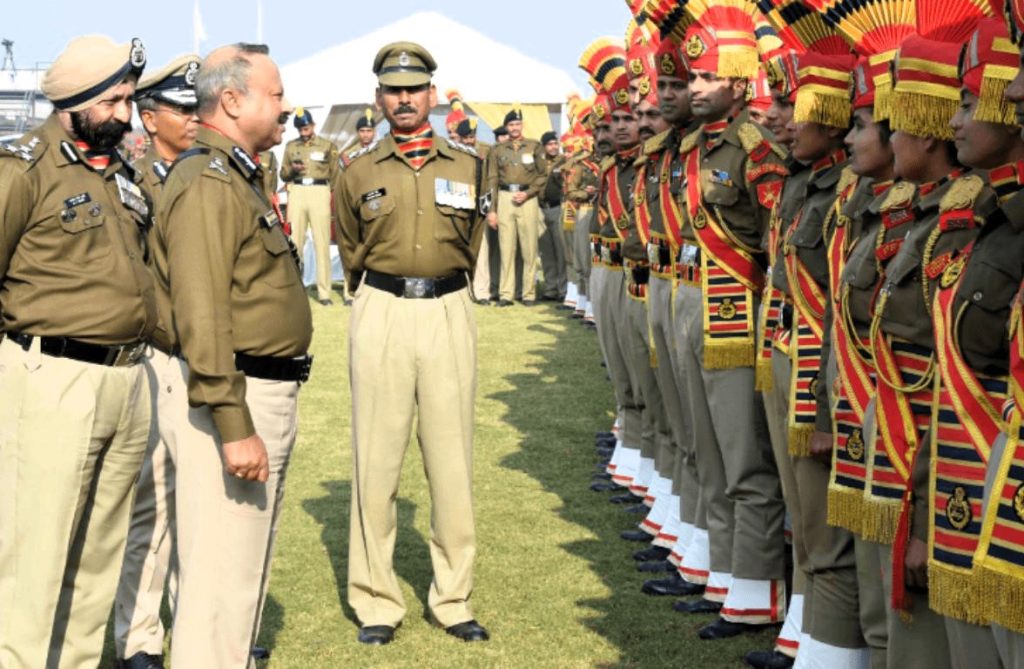

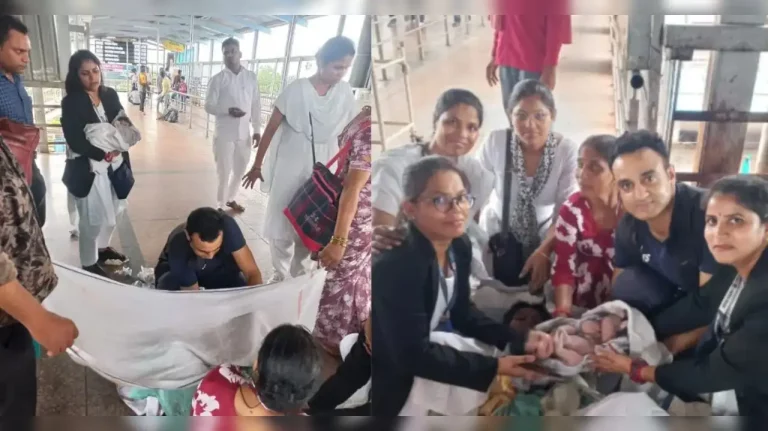
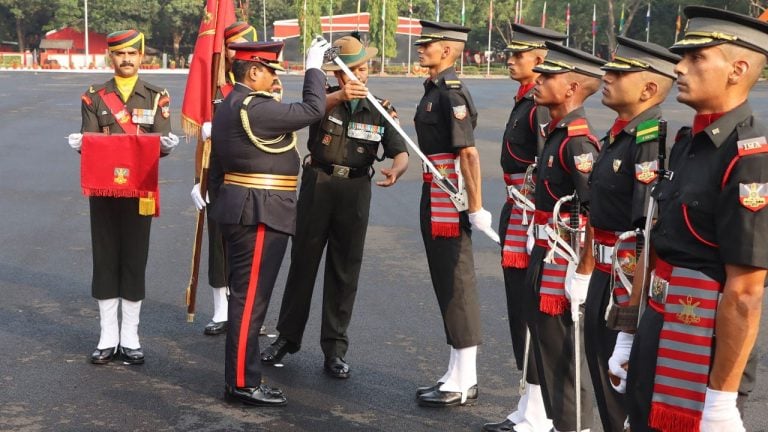
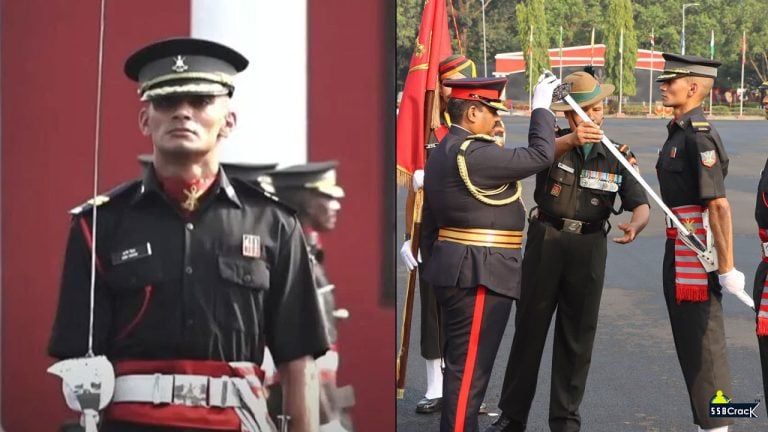

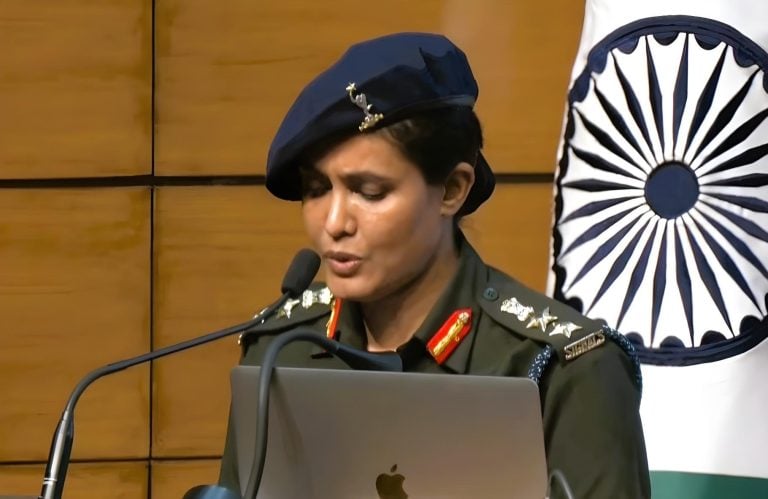
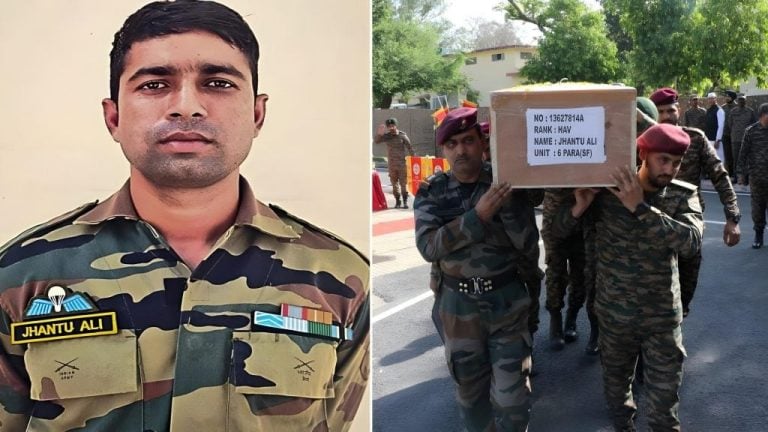


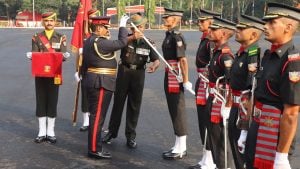
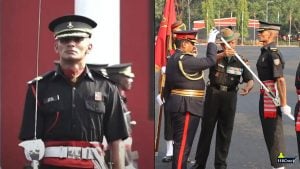



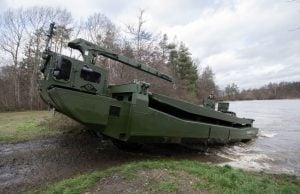



1 thought on “Is UPSC CAPF Really Worth Joining?”
This article is full of shit information the promotion aspects which you are providing is totally wrong present case scenario of promotion is it takes 10-12 yrs in CRPF to get promoted to DC